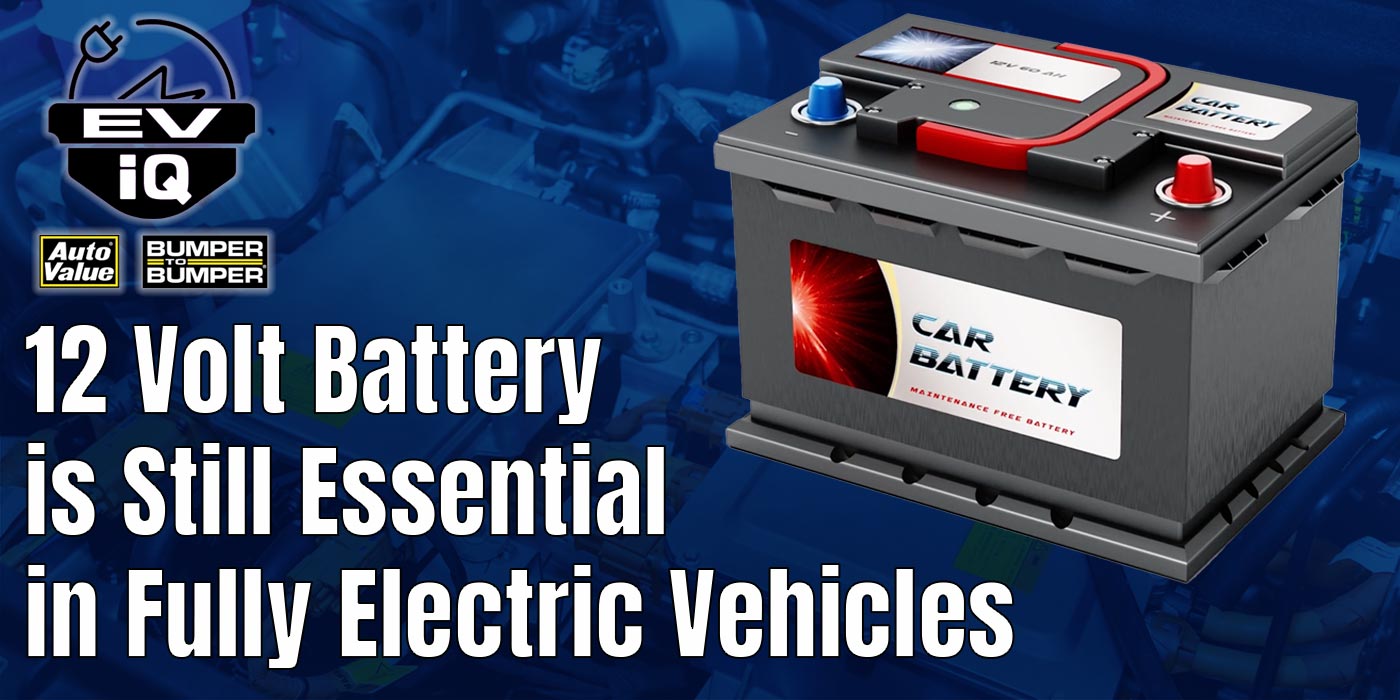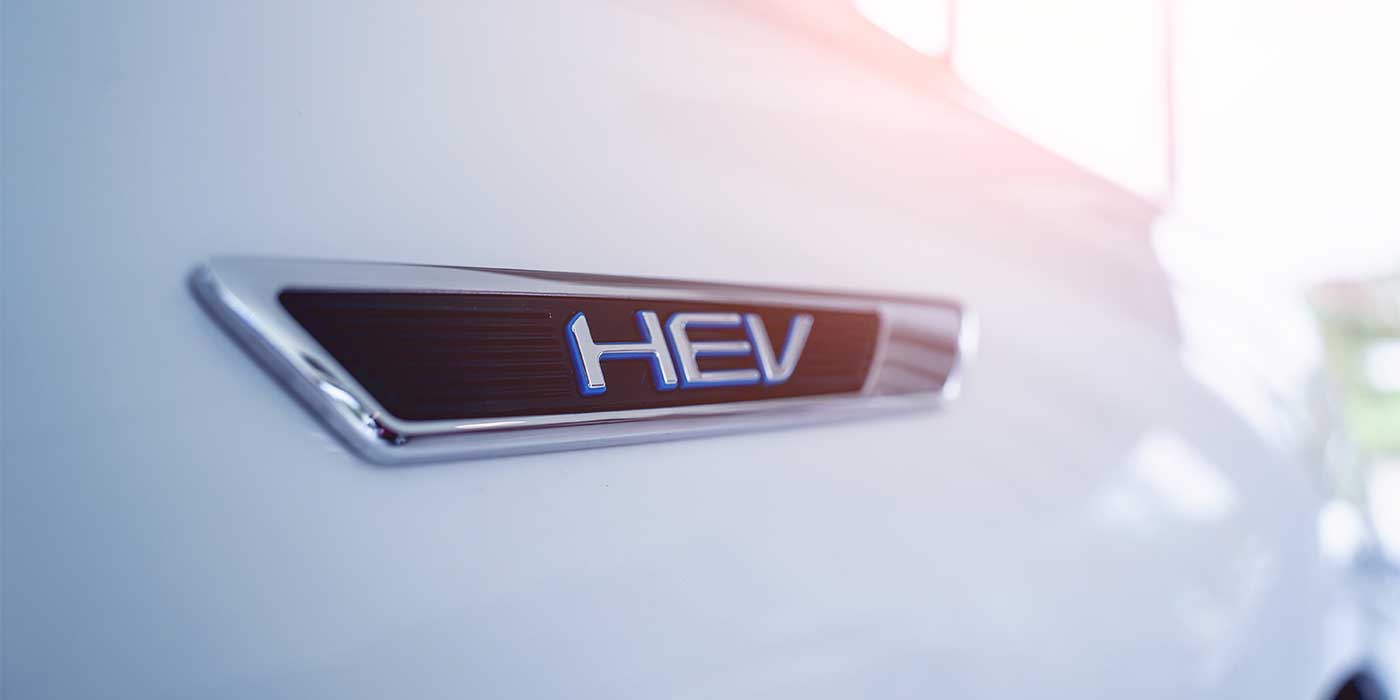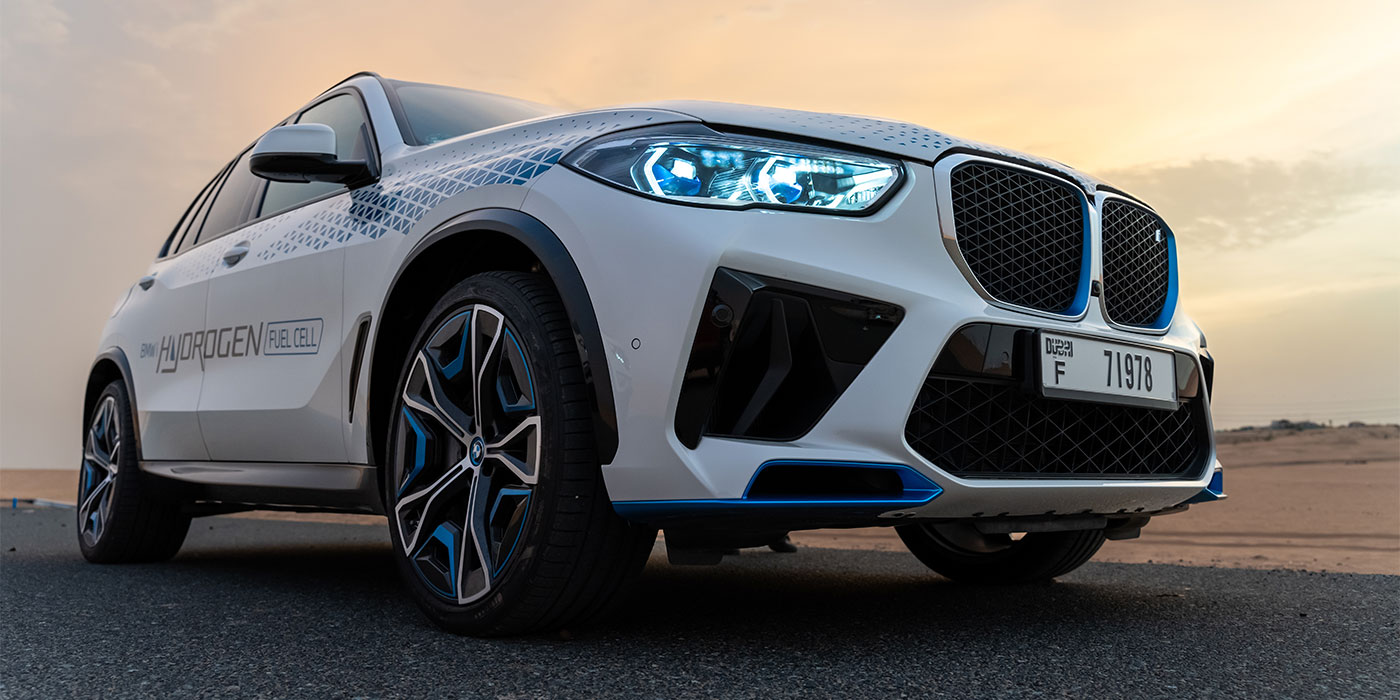EV sales are going up at the global level every year. Sales of EVs globally hit the 6.6 million mark in 2021, representing roughly 9% of global car sales in that year. For context, that’s about double the approximately 3 million EVs sold in 2020, and triple the roughly 2.2 million units sold in 2019.
Now, keep in mind that the U.S. represents a rather small piece of the EV sales pie in this context. Last year, 85% of EVs sold globally were delivered to customers in either Mainland China or Europe — 3.2 million EVs were sold in Mainland China, accounting for 15% of all new cars sold, and 2.3 million EVs were sold in Europe, accounting for 19% of new cars. In comparison, while demand IS growing, just 4% of new cars sold in the U.S. in 2021 were EVs, or about 535,000 units.
Now, China’s thriving EV market is in part due to vehicles like the Wuling Mini EV, which is easily the best-selling EV model in Mainland China at nearly 400,000 units in 2021. The base model starts at just $4,500 – giving Chinese drivers 75 miles of range and a top speed of about 62 miles per hour. The success of the Wuling brand is far greater in that country than the U.S. market leader, Tesla, and has already inspired plenty of copycats.
In Europe, traditional carmakers are increasingly electrifying their product ranges. The Tesla Model 3 was the best-selling electric car in Europe in 2021, but Volkswagen Group was the leading manufacturer of electric vehicles, with several models from Audi, Skoda and Volkswagen grabbing decent sales shares themselves.
Here in the U.S., Tesla continues to dominate EV sales with an estimated share of somewhere between 60 and 66%, depending on your source. Consumer interest might just be a bed of glowing coals now, but pickup trucks are expected to be the lighter fluid the U.S. market needs to turn those coals into a roaring fire. Rivian was first to deliver at the end of 2021, while Ford and GM have had strong interest shown in their F-150 Lightning and GMC Hummer Pickup, respectively.
EV manufacturers are banking on this growing demand and are putting their chips on the table. In fact, according to a recent analysis of the market by StockApps.com, the current offer of EVs in the U.S. will more than double by 2024! That’s two short years away. Americans will be able to choose from 134 different models by then.
While most production has focused on sedans so far, this analysis also shows we can expect to see a shift toward trucks and SUVs. This is no surprise, as these tend to offer automakers higher margins.
Higher production numbers would, of course, also boost the percentage of electric vehicles on U.S. roads. In fact, data from the experts at IHS Markit shows that EVs could make up as much as 45% of all cars on American roads by 2035. It further projects that by 2050, 50% of not just cars, but vehicles in general, on the roads will be electric.













